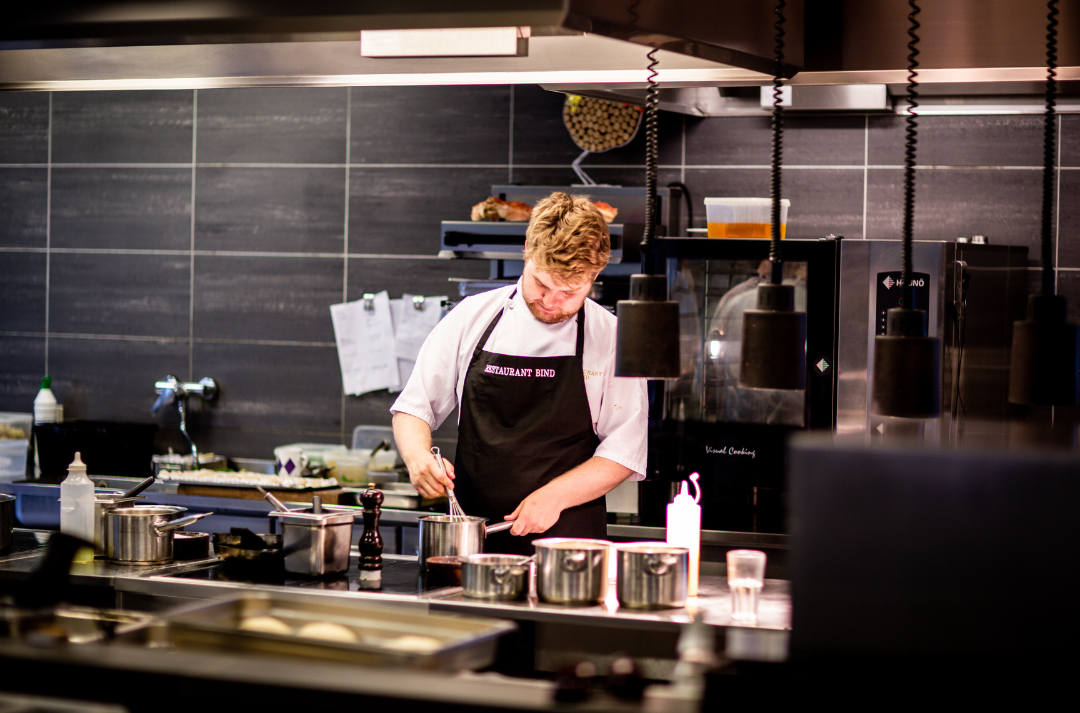
Choosing the right exhaust hood for a commercial kitchen is crucial for the safety and efficiency of the restaurant. There are several factors to take into consideration when selecting an exhaust hood, such as the size of the kitchen, the type of cooking equipment, and local building codes.

Type 1 Hood or Type 2 Hood
There are two main types of commercial exhaust hoods: Type 1 and Type 2.
Type 1 hoods are designed to remove grease-laden vapors, and are designed for over cooking equipment. These hoods are required for equipment that produces grease such as grills, fryers, and ranges. They have a larger exhaust fan and higher capture velocity to remove the grease-laden vapors effectively
Type 2 hoods are intended for use with non-grease producing appliances such as dishwashers or steamers. Type 2 hoods, on the other hand, are designed for use with equipment that produces only heat and moisture and not grease. It's important to note that while Type 2 hoods are not designed to handle grease-laden vapors, they still require regular cleaning and maintenance to avoid the buildup of other contaminants
Size Matters
Firstly, it is important to measure the size of the kitchen and the cooking equipment. When measuring the line of equipment under the hood, add an extra 6" on either side to get the length of hood required. This ensures that all smoke and grease are properly captured and exhausted out of the kitchen.
Type of Equipment
The type of cooking equipment in the kitchen will also affect the choice of the exhaust hood. For instance, high-heat cooking equipment, such as a charbroiler, will require a stronger exhaust hood than low-heat cooking equipment, such as a refrigerator. In a commercial kitchen with a combi oven, the exhaust hood needs to be deeper to accommodate the extra steam produced. It is also important to consider the volume and frequency of cooking, as this will affect the amount of smoke and grease produced. Keep in mind any equipment using solid fuel such as wood or charcoal will require its own exhaust hood.
Codes and Regulations
Thirdly, local building codes and regulations must be taken into consideration when selecting an exhaust hood. The hood should meet the minimum standards set by the local authorities to ensure compliance with safety and health regulations.
For a quick reference of the codes for Ontario, Canada, see below.
THE ONTARIO BUILDING CODE | COMMERCIAL COOKING EQUIPMENT
6.2.2.6. Commercial Cooking Equipment
(1) All commercial cooking equipment shall be provided with ventilation systems designed, constructed and installed to conform to nfpa 96, "ventilation Control and Fire Protection of Commercial Cooking Operations", except as required by Sentence 3.6.3.1.(1) and Article 3.6.4.2.
(2) Fire protection systems for high efficiency, high temperature commercial cooking equipment using vegetable oil or animal fat shall conform to,
(a) ANSI/UL 300, "Fire Extinguishing Systems for Protection of Commercial Cooking Equipment", or
(b) ulc/ORD-C1254.6, "Fire Testing of Restaurant Cooking Area Fire Extinguishing System Units".
Above Sourced: BuildingCode.online. The Ontario Building Code | Commercial Cooking Equipment. (n.d.). https://www.buildingcode.online/832.html
Maintenance
It is important to consider the maintenance and cleaning requirements of the exhaust hood. A well-maintained exhaust hood will ensure the longevity of the equipment and the safety of the restaurant. It is recommended to clean the exhaust hood on a regular basis to prevent the buildup of grease and other contaminants. Having a cleaning schedule and making it a routine will ensure the cleaning is done in the most streamlined way possible.
Fire Suppression
Installing a fire suppression system in a commercial exhaust hood is not only legally required but is also crucial to protecting the safety of employees and customers. Grease buildup in exhaust hoods can easily ignite and cause a fire, which can quickly spread and result in significant damage to the property and harm to people. A fire suppression system is able to detect and extinguish a fire, minimizing damage and reducing the risk of injury.
For more information, contact our sales team! Our click HERE to view our exhaust systems.
